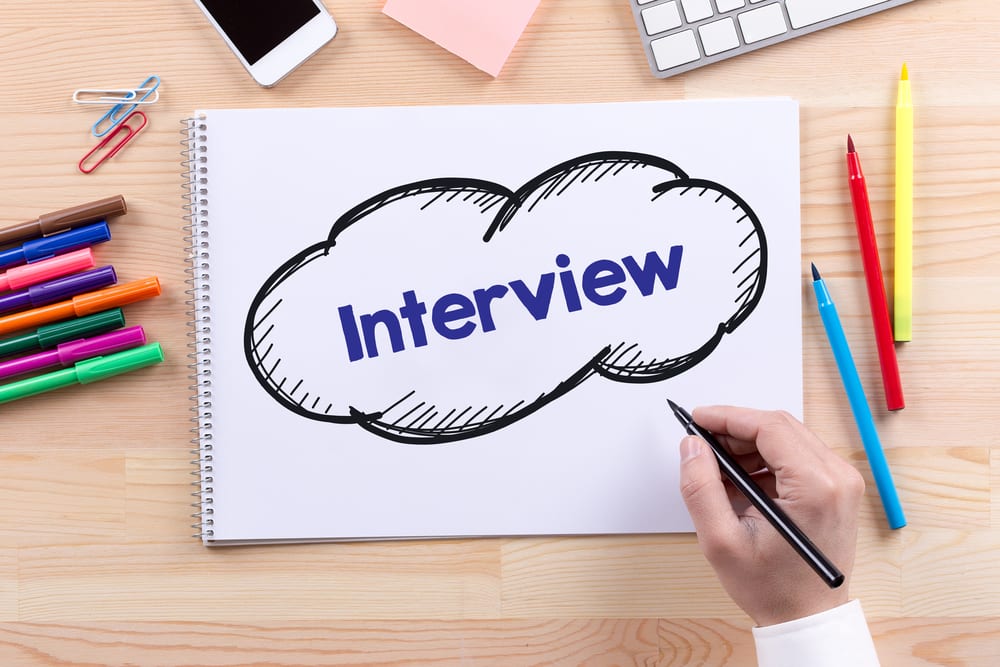Last month I told you that I’d be writing a few posts to give you ways to vary up the kinds of content you post to your blog. We covered
The Interview Format
There are a couple of ways you can format an interview post. The first, as you see on SmallBizTrends, is a question-and-answer formula. You bold your questions and then identify the interviewee with his responses. I like this format because it’s easy to skim to find the topics you really care about in a longer post.
The other format is summary interview. In this style, you summarize what your interviewee told you and pepper the post with his quotes. These aren’t as common, but they’re useful if your story goes beyond just what the interviewee has to say, or if his answers were sparse and you need to fill around his responses to make your article meatier.
Choosing Your Interviewee
It’s important that you identify industry experts that your blog readers will want to hear from. Obviously, they need to be in your field, but they also should have something useful to impart to readers. I like to interview people whose skillsets or experience are different from my own. I can write articles about content marketing all day long, so maybe I’ll interview an online advertising expert to fill in the gaps around my advertising knowledge and give my readers valuable advice.
As I said, the larger the network the interviewee has, the more people could potentially see your interview. But understand that the likes of Oprah and Bill Gates probably are not going to respond to your interview request, so dial down your aspirations from there. Look for people who are active on their own blogs and social media, as well as speaking at industry events. You’d be surprised at how accessible some of them are. Years ago, I was surprised when David Meerman Scott, author of several well-known marketing books, replied to my interview request. You never know who will be game for an interview, so don’t be shy! The worst that can happen is they decline or don’t respond. Certainly not the end of the world.
Your Interview Pitch
Just like you’d pitch a publication you wanted to write about you, you need to have a little strategy in the email you send to a potential interviewee. First, remember that they’ll want to know what’s in it for them. Share a sentence about who your audience is, and how big your network reach is so they feel like responding to your interview questions will actually benefit them. If you’re connected on social media, let them know you’ve been following them, reading their blog content, et cetera.
And as for those interview questions, I’m on the fence about whether to send them in the initial email or wait to see if they respond. If you include them in the first email, there’s one less step they (and you) have to completing the process. But you also don’t want to overwhelm them with a long email. Use your best judgment.
Spend some time with the questions you want to ask. Each one should pack a punch of value to your reader. Don’t ask frivolous questions that people can find the answer to anywhere (“what’s a good way to market a business?) and instead focus on questions that play to that person’s strengths. So if the person you want to interview for your marketing blog is known for being a successful guest blogger, you might ask him what the worst things someone could do in trying to start guest blogging. Or ask for a story from his experiences.
Encourage him to elaborate on each answer. Don’t ask yes/no questions so that he’s got to provide more insight. Asking for tips or warning signs assures that he’ll have to come up with more than one answer to a question, and you can ensure this by asking for “your 4 best tips” or “5 things everyone does wrong.” Quantifying his response will help you get plenty of good content.
Putting the Post Together
Don’t be shy about asking your interview to flesh out answers that you think will resonate with your audience. Review his responses and then ask more questions, based on what he’s said.
If you go the question-and-answer route, know that you cannot modify his responses. They are quotes and should remain the way they are. With one caveat: if the wording is awkward or there is a misspelled word, ask for his approval on changes.
If the responses are full of grammatical issues, you might be better off going the summary route and pulling a few stellar quotes to highlight throughout the piece.
Including your interviewee’s headshot is customary. If there are other images that support the content, like photos of his products or him in action, ask for those, too.
It’s your job to foster the success of this blog post, so be sure to send him a link when it’s live and do your part to share it across your social media profiles for several days. Follow up with a nice thank you email so he knows you appreciate him taking time out. You could include a few pre-written Tweets to make it super easy for him to share with his followers, thus increasing the likelihood that he will do so.
Interview posts can add diversity to what you’re already doing on your blog. And once you get this formula down, it’s easy to continually post interviews with different experts!


